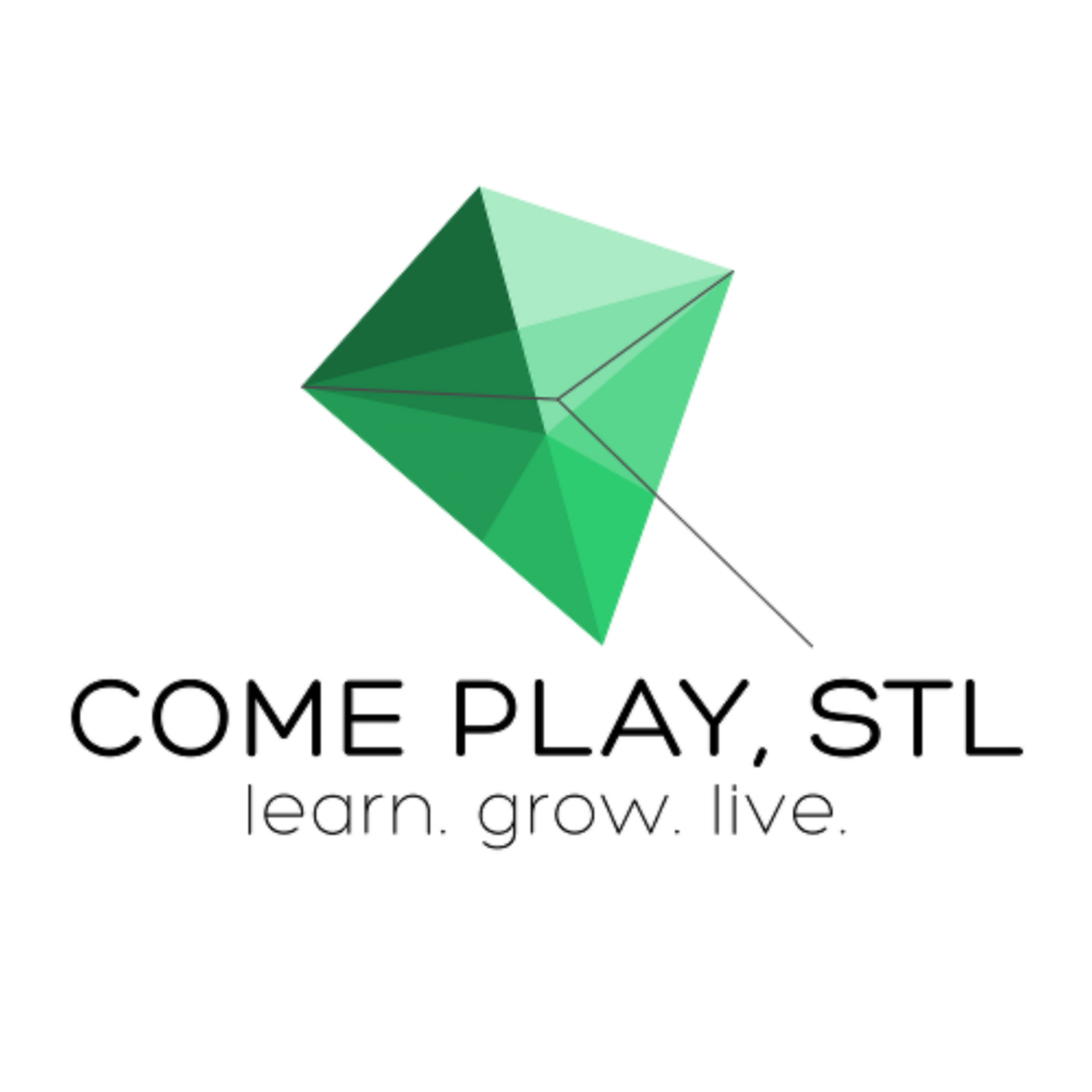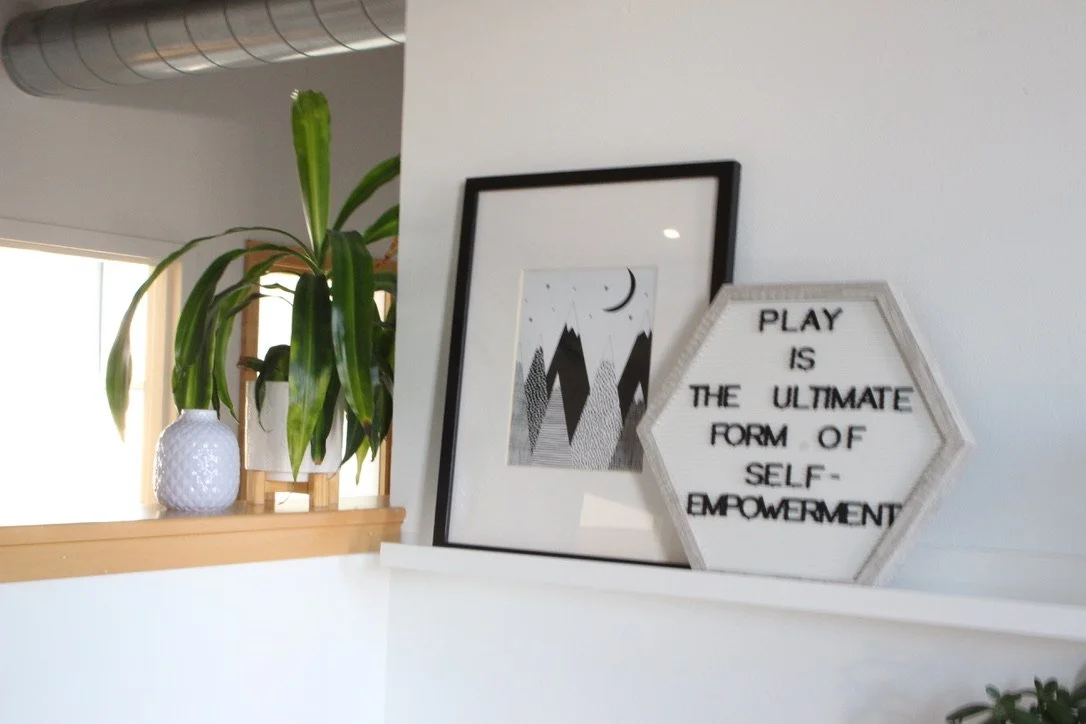The Gifted Paradox: Exploring the World of Twice-Exceptional (2e) Children
/Your child can easily compute complex mathematical equations, but can’t seem to remember to put their shoes on. They learned to read without instruction at three years old, but struggle with building and maintaining friendships. These “smart but scattered” children are often overlooked by the educational system, who may not understand how to best support them.
Welcome to the world of twice-exception (2e) children, where brilliance and struggles coexist. If you are lucky enough to have one of these incredible children, you know the unique challenges that come along with raising them.
In this article, we’ll explain what twice-exceptional means and provide some practical tips for supporting your 2e kiddo!
What Does Twice-Exceptional (2e) Mean?
A twice-exceptional child is gifted in at least one area, like reading, math, or music, while simultaneously having one or more learning disabilities such as Autism, ADHD, Dyslexia, or Sensory Processing Disorder. These children are both gifted and challenged, showcasing both exceptional ability and disability.
The Criteria for Being Twice-Exceptional
It can be difficult to identify a twice-exceptional child. They must meet both of these criteria:
Giftedness - exceptional intellectual, creative, artistic, or leadership abilities beyond typical developmental stages for their age group
Diagnosed Learning Disability - A neurological condition that affects the brain's ability to receive, process, store, or respond to information, leading to difficulties in learning specific skills such as reading, writing, or math
The definition of "giftedness" varies among schools. Some use IQ or achievement tests, while others consider specific talents like arts or music, making a standard definition challenging to establish. Some schools require an IQ above 130, which falls at the 98th percentile. Others consider a score above 115 or 120 to be gifted.
Some institutions assess academic performance across disciplines or specific abilities rather than relying solely on an overall intelligence score. For instance, a child might exhibit exceptional prowess in math while demonstrating average or below-average performance in other subjects. In addition, some children are gifted in the arts or music, as seen by their incredible artistic or musical abilities, yet test poorly academically. This can make identifying a gifted child challenging.
How to Identify a 2e Child
The identification process for 2e children can be intricate and may take time. It's essential to approach it with patience, openness, and a willingness to adapt strategies based on the child's evolving needs.
The best way to identify a 2e child is through a psycho-educational examination. This includes interviewing, observing, administering, and interpreting standardized testing instruments that measure cognitive and academic abilities.
A Psychological Examiner will analyze qualitative and quantitative data to produce a comprehensive report on the child's abilities, intelligence, strengths, weaknesses, and functioning level. This report will offer tailored recommendations for educational interventions and services in an inclusive and least restrictive environment.
Supporting the 2e Child
Supporting a twice-exceptional child requires a tailored approach that acknowledges their strengths while addressing their challenges. Here are strategies for both school and home environments:
In School:
Individualized Education Plan (IEP) or 504 Plan: Work with educators to create a personalized plan that accommodates their learning style, provides appropriate challenges, and supports their weaknesses.
Flexible Learning Environment: Offer options for varied learning styles, including visual, auditory, and hands-on approaches, to cater to their diverse abilities.
Enrichment Opportunities: Provide opportunities for deeper exploration and extension of their strengths through specialized programs or advanced coursework.
Understanding and Patience: Educate teachers and peers about 2e traits to foster understanding and patience, encouraging a supportive classroom environment.
Assistive Technology: Introduce and integrate technology tools that aid in compensating for their weaknesses and enhance their learning experience.
Positive Reinforcement: Encourage and celebrate their accomplishments, fostering a positive attitude towards their abilities.
At Home:
Create Consistency: Establish routines and consistent expectations to provide stability and reduce anxiety in their daily life.
Supportive Environment: Foster a nurturing environment that acknowledges their struggles while encouraging their strengths, promoting confidence and self-worth.
Open Communication: Maintain open communication to understand their challenges and triumphs, address concerns, and provide emotional support.
Encourage Strengths: Support their interests and strengths through extracurricular activities or hobbies that align with their passions.
Homework Strategies: Collaborate with teachers to modify homework assignments to accommodate their learning needs without overwhelming them. Homework modifications can be made in both IEP and 504 Plans.
Mindfulness and Self-regulation: Introduce relaxation techniques or mindfulness exercises to help manage stress and improve self-regulation.
Private Therapies: Consider private therapies for your child, such as counseling tailored to the challenges of 2e kids. Play Therapy provides a fun, non-intimidating environment for support. Supplemental therapies like occupational or speech therapy could also be beneficial based on your child’s specific challenges.
Remember, every 2e child is unique, so maintaining flexibility, patience, and a willingness to adapt strategies based on their evolving needs is crucial in both school and home settings.
At Come Play, STL, we understand the complexities of twice-exceptional children and are committed to providing tailored support, resources, and a nurturing environment where these exceptional young minds can thrive. Whether you're seeking guidance, resources, or a supportive community, we're here to help.

